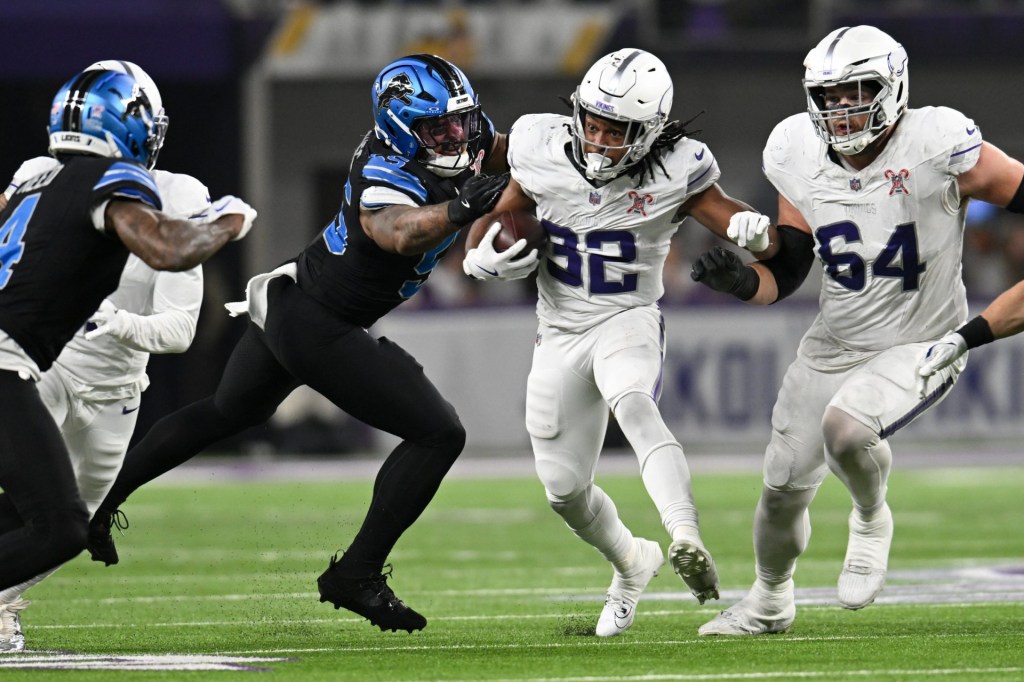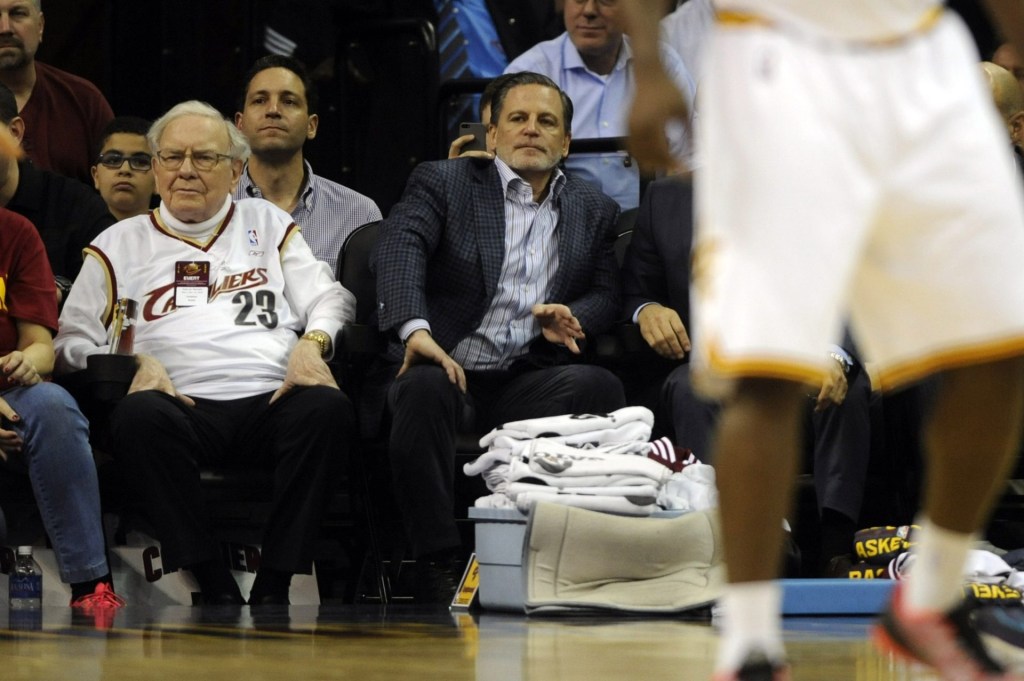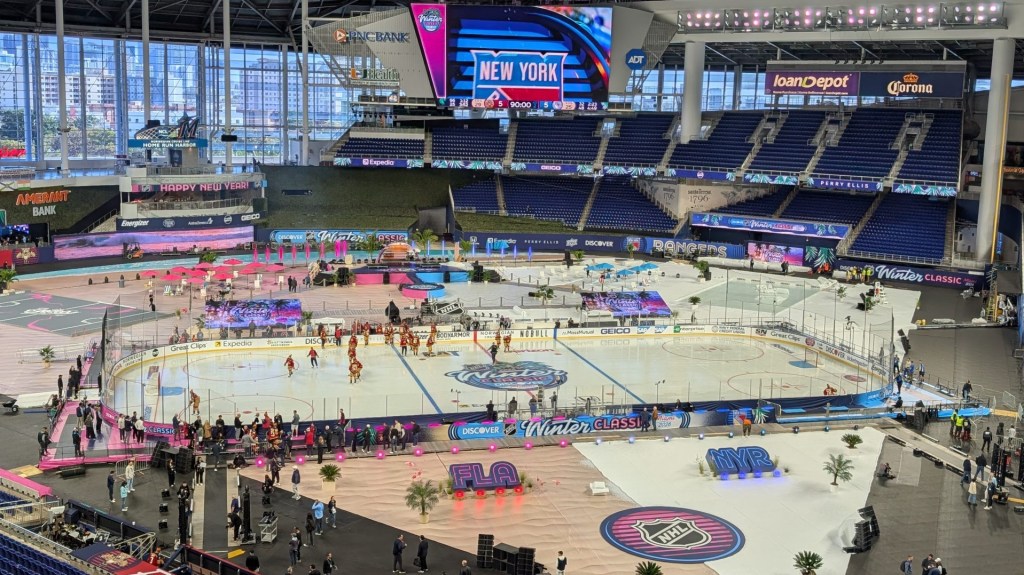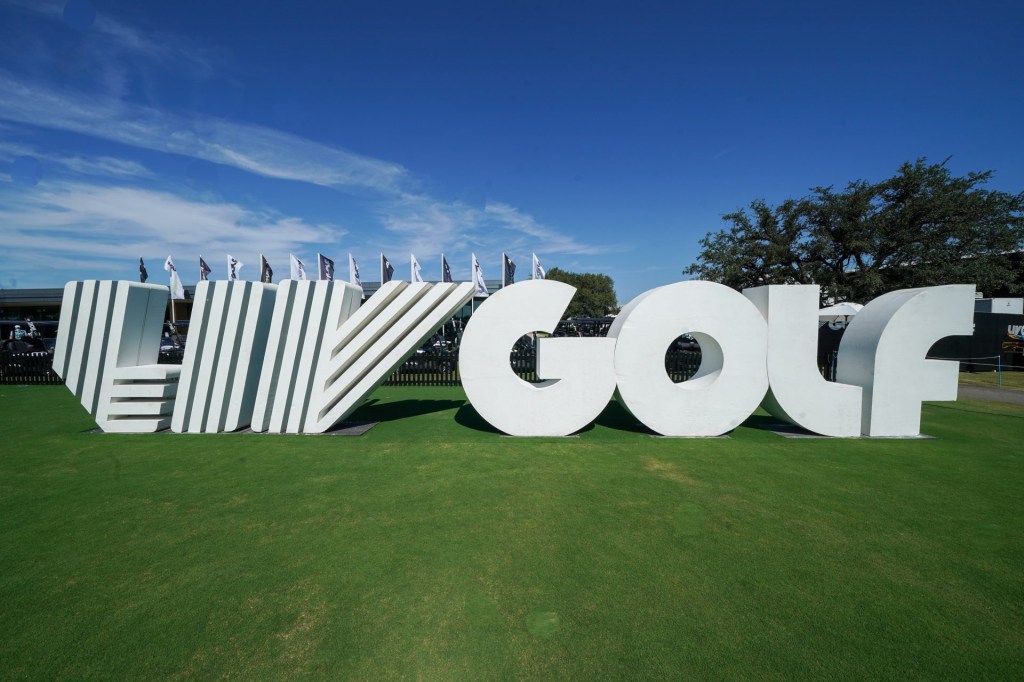The Emirates NBA Cup, now back for its second year, is no longer a novelty. But it is quickly establishing itself as a fixture in the league’s early-season calendar.
After a largely successful debut effort won last year by the Lakers, the in-season tournament returns this year with a new name, a slightly raised top prize to $514,971 for each player on the winning team, and a clear sense of purpose among competing players and coaches.
“It’s definitely a different energy that you feel, knowing that those games, I guess, mean a little more in a different way,” said Heat forward Jaime Jaquez Jr. “It’s a fun thing that the NBA is doing. We take the approach of if they’re going to put it in, might as well try to win it.”
Like the debut iteration, the tournament is designed to resemble special in-season competitions common in European soccer and other sports around the world, injecting additional energy into the early stages of the regular season—particularly as there has been some erosion in initial viewership this season.
Group-stage play for the Emirates NBA Cup begins Tuesday with eight games and will culminate with the semifinals and final Dec. 14 and 17 at T-Mobile Arena in Las Vegas. The start of the tournament Tuesday is also set to feature the season debut of 76ers center Joel Embiid, who has been criticized for his load management strategies and was then suspended following a locker-room altercation with a Philadelphia newspaper columnist.
Look Down
Like last year, a key element of the Emirates NBA Cup is the distinctive floor designs, featuring no exposed natural wood, used in every arena around the league, and tying in part into the designs for Nike’s NBA Statement Edition and NBA Association Edition uniforms.
After complaints last year of the tournament floors being overly slippery, the NBA changed its process this year, using a longer production runway and working with a single manufacturer, Ohio-based Robbins, to make them.
Big Money, for Some
The top tournament prize this year features a 3% hike from last year’s $500,000 per player—in keeping with the NBA’s labor deal with the National Basketball Players Association and the Basketball Related Income (BRI) growth factor from 2022–2023 to the following season.
Regardless of specifics, though, that top prize money can be a substantial sum for a player at the end of the bench—who will receive the same check as the top star. The championship figure is nearly half of the league minimum salary this season of $1.16 million and comes close to the $578,577 for players on two-way contracts between the NBA and the G League.

















